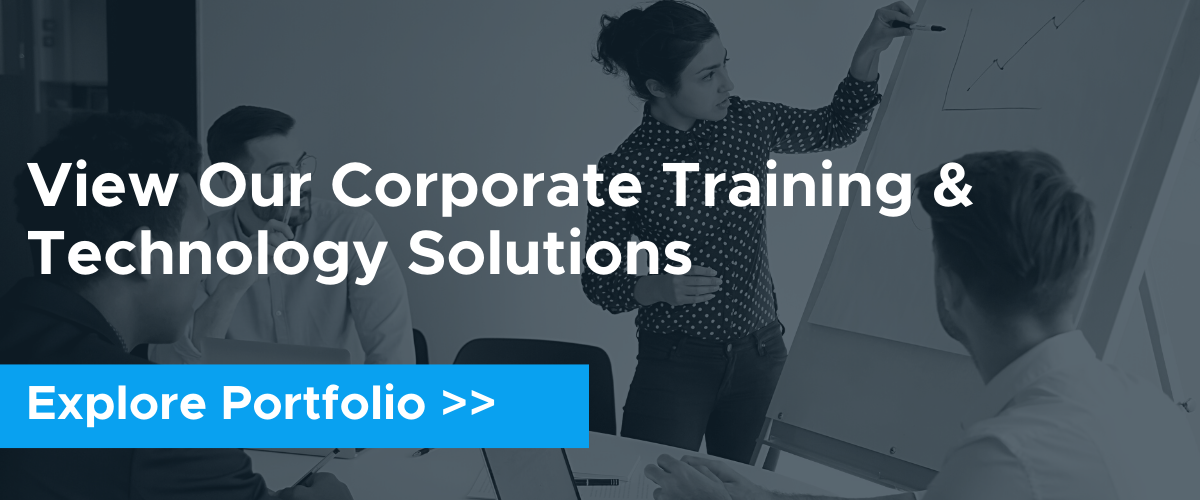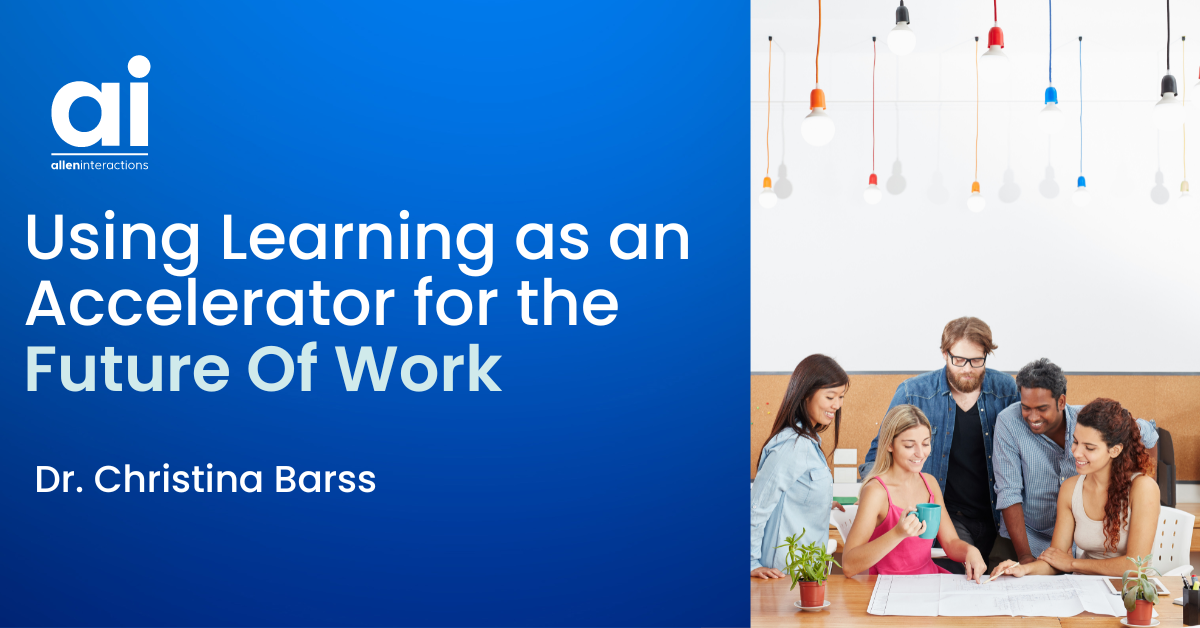Gartner reports that the average organization has undergone five enterprise changes in the past three years and 73% of organizations expect more change initiatives in the next few years. This should come as no surprise to many, as the COVID-19 pandemic has caused significant and long-lasting effects on organizations of all sizes and industries. As we continue to see the growing need for strategic organizational change, many are in a hurry to make these alterations - but in order to make a lasting change, it is imperative that we have the support and engagement of our teams.
Leading the change
Successful change requires leadership and management. Change leadership is the strategic outlook of disruption and innovation.
Through shared understanding, change leadership provides stability and predictability for employees to process change and builds a trust bridge between leaders and frontline teams strong enough to support the client experience.
Employee-friendly change leadership is:
- Focused on emotional and intellectual levels
- Built on a trust bridge of empathy and compassion
- Purposeful and mindful
It is not:
- One-dimensional
- Purely organic
- Authoritative
Defining effective change leadership
Change leadership is successful when the people involved — leaders and frontline teams — care about what they do. They understand the purpose of the change and how it connects to the organization's mission, vision, and values.
Employees buy into changes when leaders honor their thoughts and feelings based on their closeness to the work and customers. But when change is led and managed without empathy and inclusion, the journey can be rocky, expensive, and detrimental to organizational culture. Generally, change leadership falls under four categories.
.png?width=800&name=Services%20-%20Accelerating%20Change%20%20(5).png)
- Command or Punish and Reward: Involve telling people what the change will be and what is going to happen to them.
It involves discipline or criticism for failing to follow but rewards — usually with praise or recognition — for following directives. Change can be implemented this way but true adoption is unlikely. - Include and Influence: Engages people so they can play some role in implementing the change and feel part of it. But employees are still reacting to something that is imposed on them.
- Be the Change: Introduces a proposal for change and fully involves employees in defining, planning, and implementing it. This empowers everyone in the organization to transform together.
Which change leadership style should I use?
If an organization wants to just implement change quickly, then it can do it alone through the Command or Punish and Reward route. If an organization wants to go further — create change that is truly adopted and moves the organization forward — then it moves together. That is the Include and Influence method or ideally, the Be the Change approach.
The Change Management Accelerator
Change Management Accelerator is a human-centered design process that creates a change-readiness report and actionable roadmap for sustained change. The CMA does not accelerate the speed of change; it accelerates the adoption of change, enabling faster realization of the value of the change. The accelerator can be used for large-scale or small-scale change.
-1.png?width=800&name=Services%20-%20Accelerating%20Change%20%20(2)-1.png)
For a larger-scale change, you start with discovery, which is an in-depth look at the scope of the challenge. This involves key stakeholders— usually at the executive and senior leader levels. Discovery could include historical documentation, an OCAI assessment, focus groups, employee surveys, and one-on-one interviews. The steps will vary by the scope of the project and the organization.
After discovery, the key stakeholders involve a larger group in a kick-off meeting. This should include subject matter experts and other critical employees who will lead the strategy and tactics. This is where the adoption of change accelerates because everyone has a chance to understand the reason for the change, what it means to them and their teams, and the potential impact. That level of deep understanding propels the rest of the process.
Next comes the first team workshop, limited to two hours, where everyone who will drive the change comes together for discussion and exercises that are focused on understanding where people stand, their concerns, and ideas. After the workshop, the group often realizes it needs more information and perspectives before pushing forward. That is called the deep data dive, where more information is gathered.
Then comes the second team workshop, which involves Design Thinking to define the change, iterate and test possible paths forward. The team generates a readiness report, which then leads to the implementation process.
Using the Change Management Accelerator for small-scale changes
The rapid-change version of the Change Management Accelerator operates along with the same principles but since the change is smaller in scope, the process is truncated. Whether used on a large or small scale, the following traits are critical for successful implementation:
- Strong leadership: Understanding the “why” behind the change and encouraging bi-directional information exchange
- Effective communication: Managing timely, relevant delivery to inform and not overwhelm
- Democratizing knowledge: Ensuring all impacted parties have the skills and tools needed to amend and do their jobs
4 stages of rapid change management
.png?width=800&name=Services%20-%20Accelerating%20Change%20%20(1).png)
- Crawl: The crawl phase sets the stage for outlining goals and setting expectations. During this phase, leadership may meet with stakeholders to determine benchmarks, discuss observations, and establish a clear path for moving forward. These proposed changes may be similar to current actions, but they are incremental in moving forward with an organizational change strategy.
- Walk: Active collaboration builds upon concepts from the Crawl phase and begins to socialize them within teams.
- Run: Strategic initiatives are implemented within organizational goals and have defined performance indicators to assess efforts.
- Fly: Your organization is ready for take-off! The strategy has been clearly folded into the organization's mission and employees and teams are evolving together with a shared vision for success.
Summary
The need for change in our organizations is at an all-time high, but lasting, effective change requires a results-driven strategy that promotes the well-being of employees and leaders alike. Although there is no universal solution to creating organizational transformation, the Change Management Accelerator can be scaled for teams of varying sizes and lead organizations towards success.

-1.png?width=75&height=75&name=Copy%20of%20It%20is%20not%20the%20strongest%20of%20the%20species%20that%20survive%2c%20nor%20the%20most%20intelligent%2c%20but%20the%20one%20most%20responsive%20to%20change%E2%80%99%20(11)-1.png)





Comment